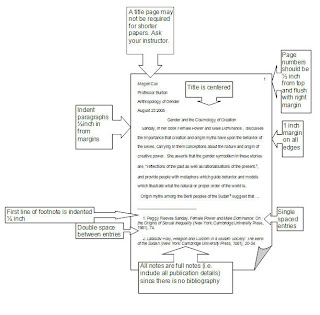Finding Common Errors When Proofreading Your Paper

Proofreading can be much easier when you know what you are looking for. Although everyone will have different error patterns, the following are issues that come up for many writers. When proofreading your paper, be on the lookout for these errors. Always remember to make note of what errors you make frequently—this will help you proofread more efficiently in the future!
Spelling
- Do NOT rely on your computer's spellcheck—it will not get everything!
- Examine each word in the paper individually by reading carefully. Moving a pencil under each line of text helps you to see each word.
- If necessary, check a dictionary to see that each word is spelled correctly.
- Be especially careful of words that are typical spelling nightmares, like "ei/ie" words and homonyms like your/you're, to/too/two, and there/their/they're.
Left-out and doubled words
Reading the paper aloud (and slowly) can help you make sure you haven't missed or repeated any words.
Fragment Sentences
- Make sure each sentence has a subject.
- Make sure each sentence has a complete verb. In the following sentence, "were" is required to make a complete verb; "trying" alone would be incomplete: They were trying to improve their writing skills.
- See that each sentence has an independent clause; remember that a dependent clause cannot stand on its own. The following sentence is a dependent clause that would qualify as a fragment sentence: Which is why the students read all of the handouts carefully.
Run-on Sentences
- Review each sentence to see whether it contains more than one independent clause.
- If there is more than one independent clause, check to make sure the clauses are separated by the appropriate punctuation.
- Sometimes, it is just as effective (or even more so) to simply break the sentence into separate sentences instead of including punctuation to separate the clauses.
Comma Splices
- Look at the sentences that have commas.
- Check to see if the sentence contains two main clauses.
- If there are two main clauses, they should be connected with a comma and a conjunction like and, but, for, or, so, yet.
- Another option is to take out the comma and insert a semicolon instead.
Subject/Verb Agreement
- Find the subject of each sentence.
- Find the verb that goes with the subject.
- The subject and verb should match in number, meaning that if the subject is plural, the verb should be as well and vice versa.
Mixed construction
Read through your sentences carefully to make sure that they do not start with one sentence structure and shift to another. A sentence that does this is called a mixed construction.
Parallelism
Look through your paper for series of items and make sure these items are in parallel form.Example: Being a good friend involves good listening skills, to be considerate, and that you know how to have fun.
Edited version: Being a good friend involves knowing how to listen, being considerate, and having fun.
Pronoun Reference/Agreement
- Skim your paper, stopping at each pronoun.
- Search for the noun that the pronoun replaces.
- If you can't find any noun, insert one beforehand or change the pronoun to a noun.
- If you can find a noun, be sure it agrees in number and person with your pronoun.
Apostrophes
- Skim your paper, stopping only at those words which end in "s." If the "s" is used to indicate possession, there should be an apostrophe, as in Mary's book.
- Look over the contractions, like you're for you are, it's for it is, etc. Each of these should include an apostrophe.
- Remember that apostrophes are not used to make words plural. When making a word plural, only an "s" is added, not an apostrophe and an "s."



Comments
Post a Comment